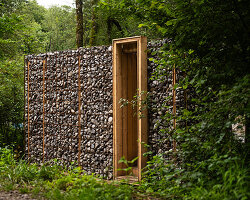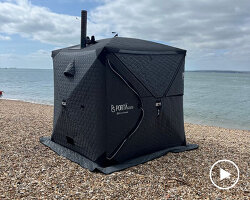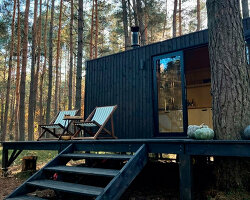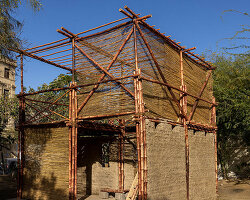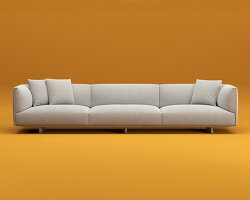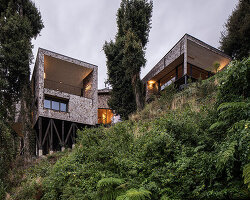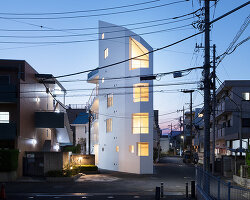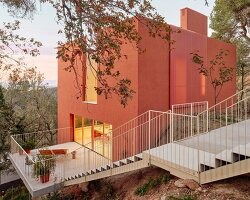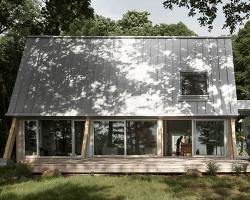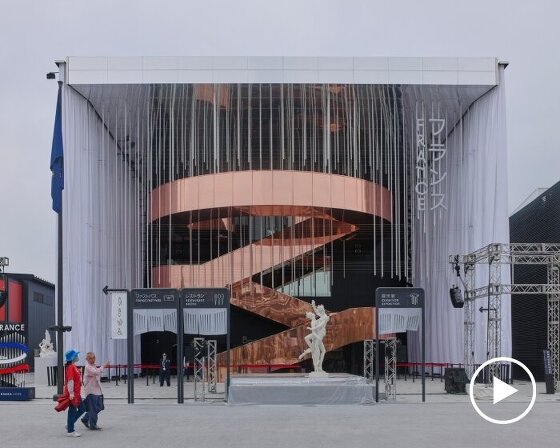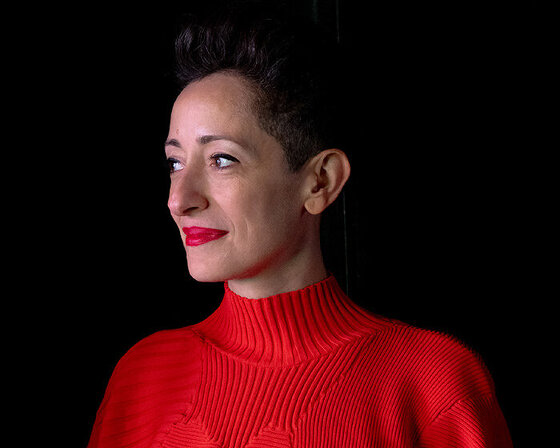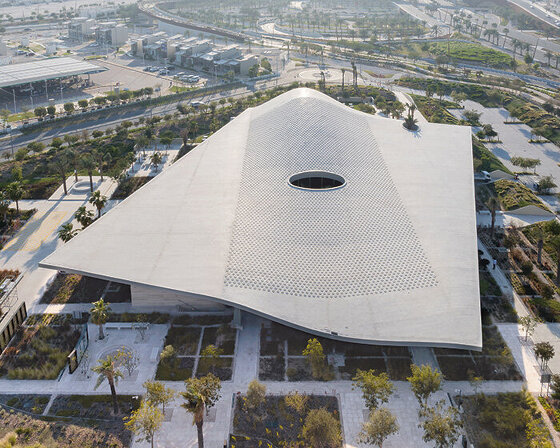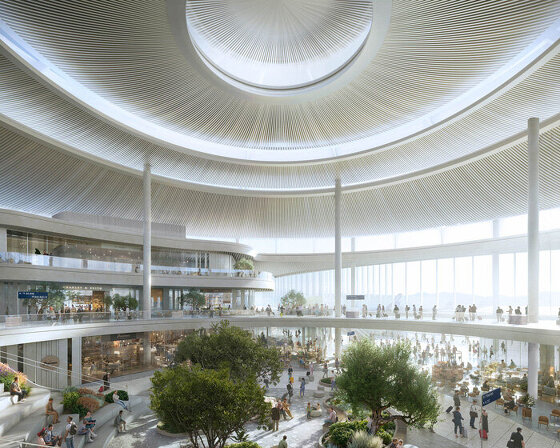Envisioning Adaptive Architecture for Environmental Resilience
AutoFlux, a thesis research project from the Design Research Laboratory at the Architectural Association, envisions an architecture that adapts to environmental crises and contemporary living needs. The design draws from nautical and automotive design, emphasizing material efficiency with a focus on minimal space. The concept, named Autoflux, introduces ‘Aquatic Urbanism’ with adaptable units capable of thriving in flooded conditions. Autoflux units can shapeshift between emergency and living states, utilizing a structurally graded shell made from fiberglass, actuated by embedded pneumatics, a novel fabrication technique developed by the authors’ prototyping research. The design harnesses water and air as resources during states of otherwise devastating urban floods.
AutoFlux is an AA DRL Thesis Project, led by Professor Pierrandrea Angius, and designed by Anna Kondrashova, Ata Yuksel, Bing Nawbhanich, and Shengying Tao. Design Research Laboratory, Architectural Association, London, 2024.

unit exterior | all images courtesy of AA DRL
Embracing Aquatic Urbanism in Responsive Architecture
AutoFlux embodies two key concepts, the idea of a responsive mechanical system and of being in a state of constant change. The project tackles urban flooding at the inhabitable scale, enabling a symbiotic relationship between flood zones and the urban population that they impact, by reclaiming those parts of today’s cities that are currently seen as at risk of submersion. The design team refers to this reciprocal relationship, and the act of purposefully occupying these regions, as Aquatic Urbanism, whereby the architecture not only withstands the flooded state but thrives and is fuelled by it. The objective is not to prevent or inhibit geological events, but rather to learn to exist in symbiosis with them, to design a new kind of strategy for life among – and not disrupted by – the instability of susceptible environments.

unit exterior
The case study for AutoFlux is the Okayama Prefecture in Japan, particularly the city of Kurashiki, which suffered a disastrous flood in 2018 and is still in search of solutions to prevent another event of this severity from occurring. Existing on this site will test the project’s capability of functioning for both the gradual temperament of seasonal flooding, as well as the more instantaneous catastrophic flash flooding, both of which impact this site. Inspired by both the mass-producibility and pseudo-nomadism of the automotive industry, the goal is to create an architecture that grants the occupant freedom to relocate or aggregate, following a need-based life-sustaining protocol.
The brief for the thesis is to envision a new generation of architecture that has the capacity to move, transform, and evolve, as a response to environmental change and contemporary inhabitation requirements. At a time when global environmental conditions are changing and becoming more volatile, the goal of this project is to design a resilient architectural strategy that will combat extreme environmental conditions, and acknowledge that surviving and thriving in these states will become the new norm in the near future. At a time of radical advances in both design and fabrication, the design draws from both the nautical and automotive industries, focusing on material efficiency, resourceful fabrication, structural innovation, resilient form, minimal space, and mass production.
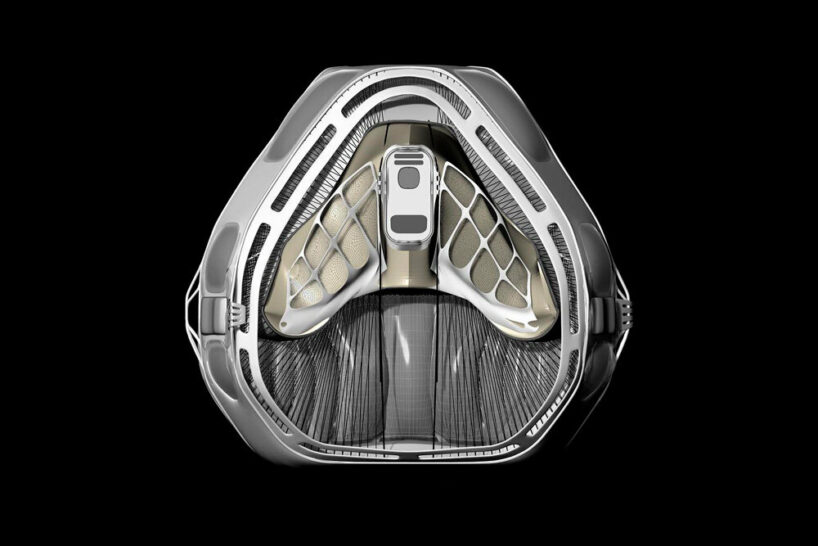
emergency state
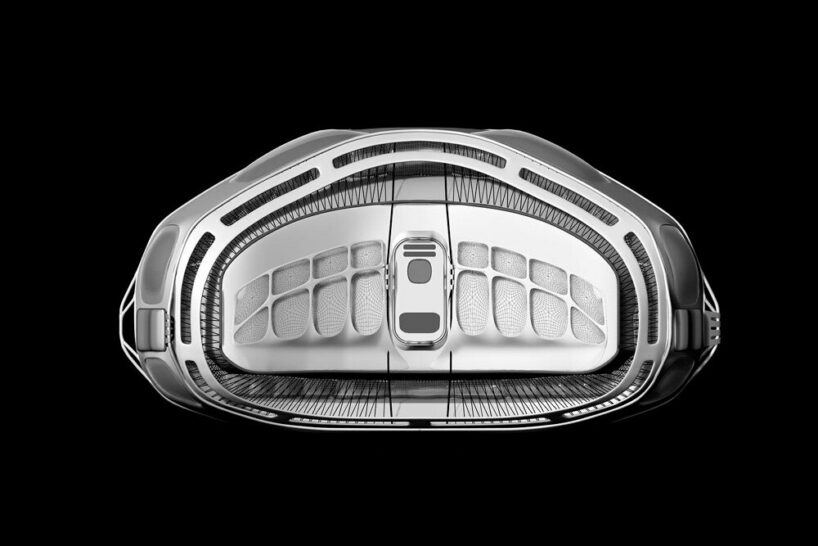
living state
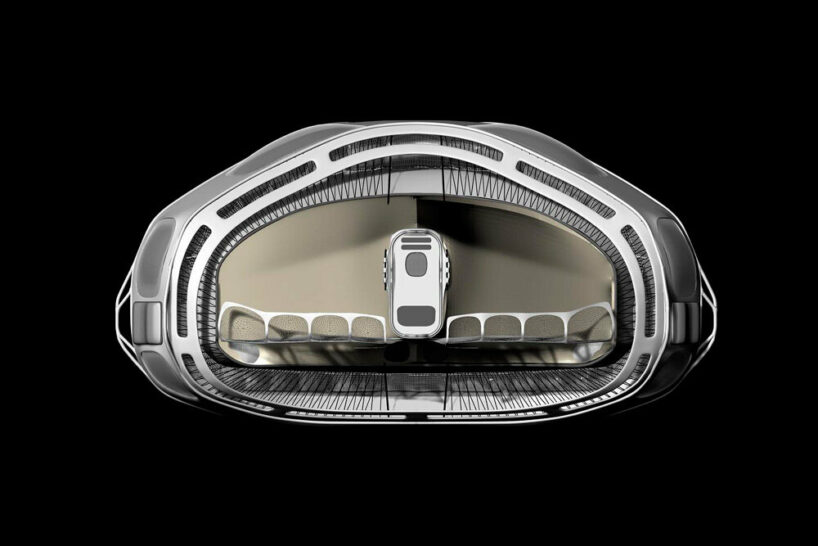
expanded living state

elevations and plans – states of expansion
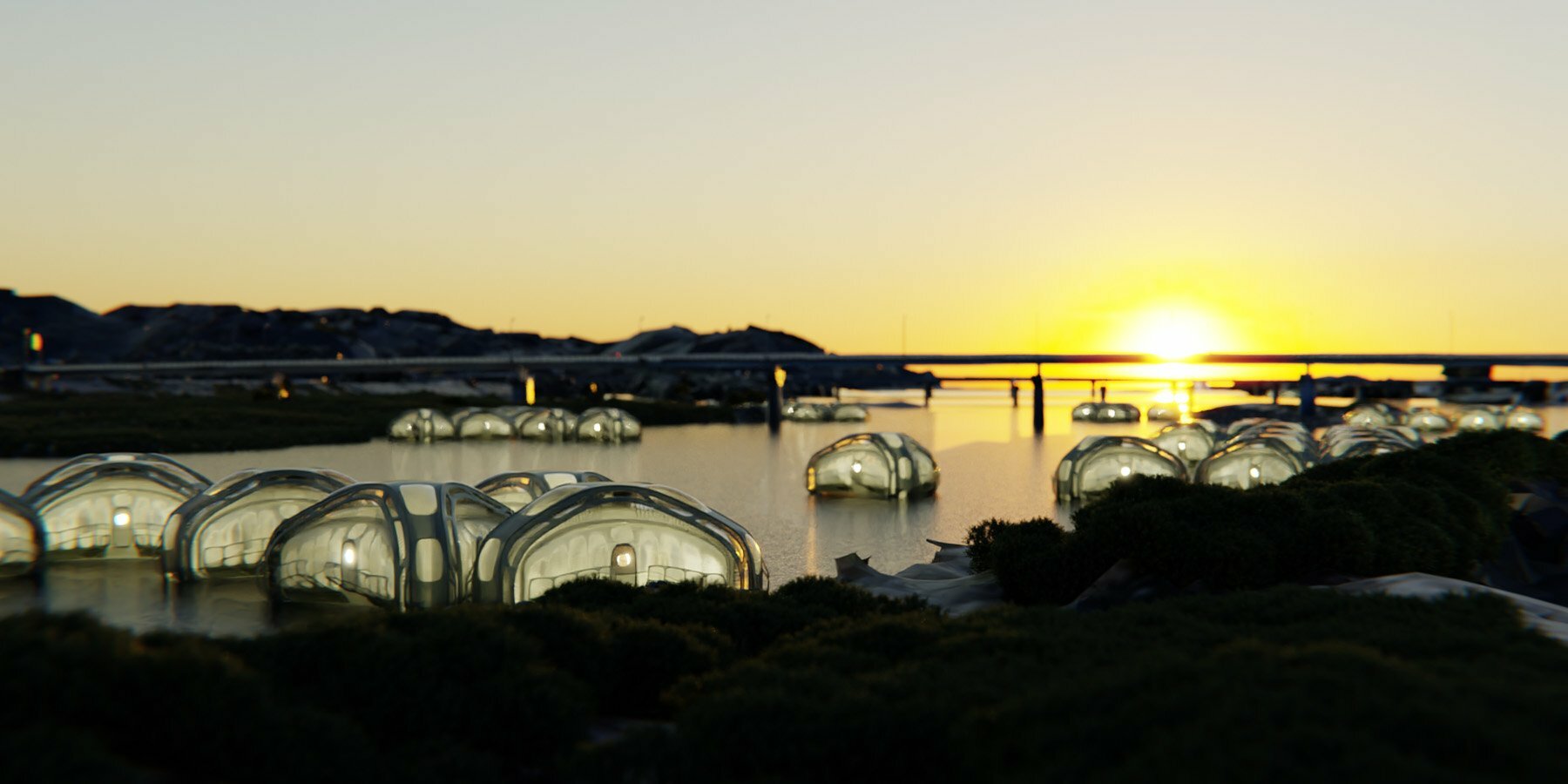
AutoFlux units
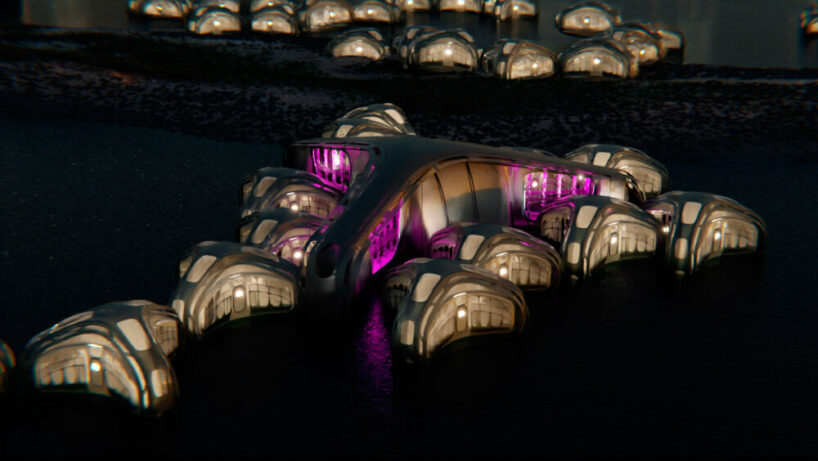
pre-flood unit population

unit aggregation top view
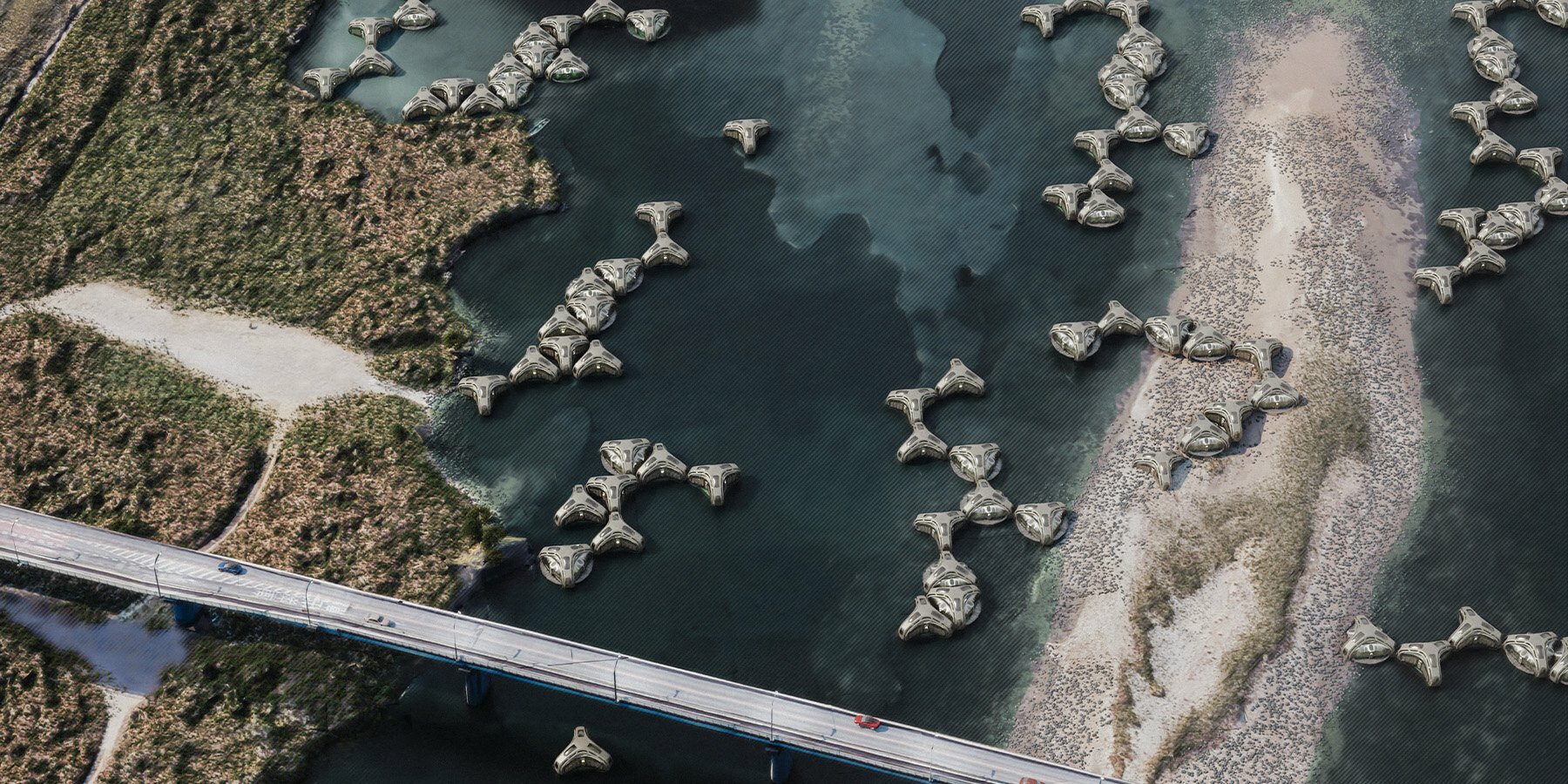
unit aggregation

pre-flood unit population

unit aggregation
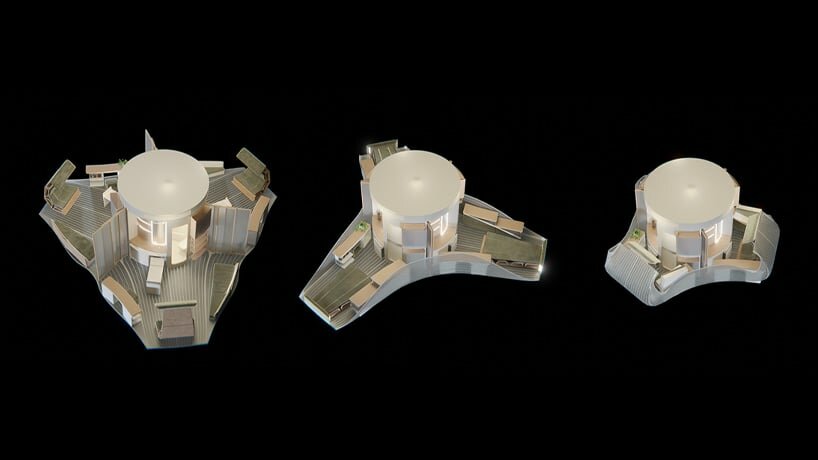
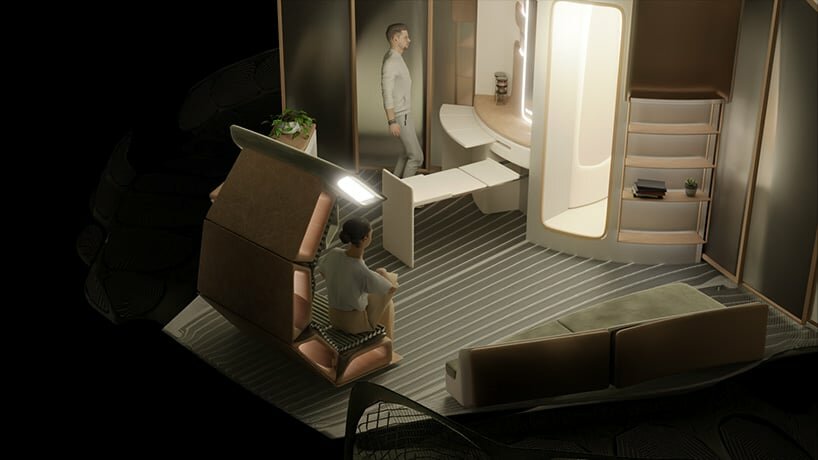

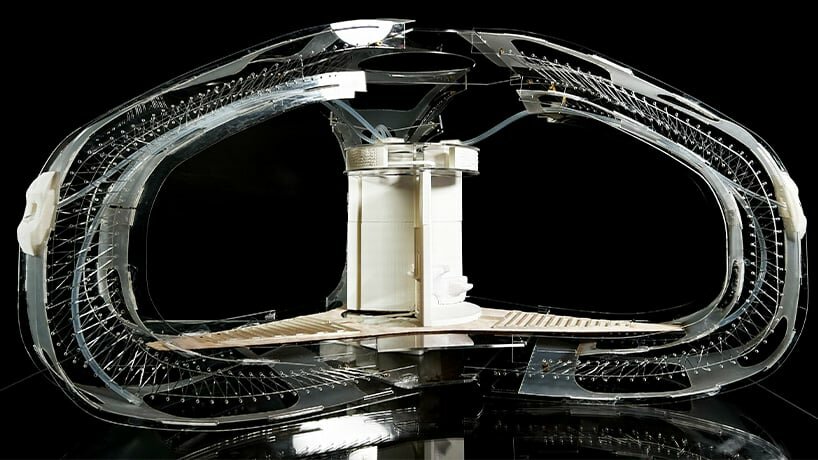

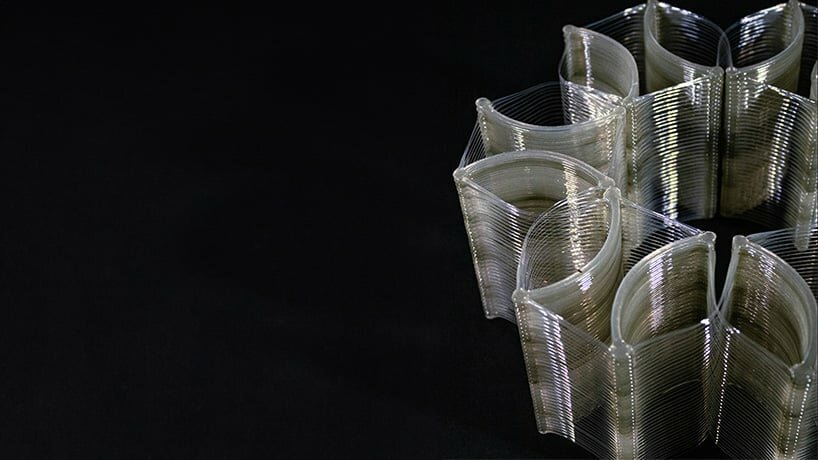

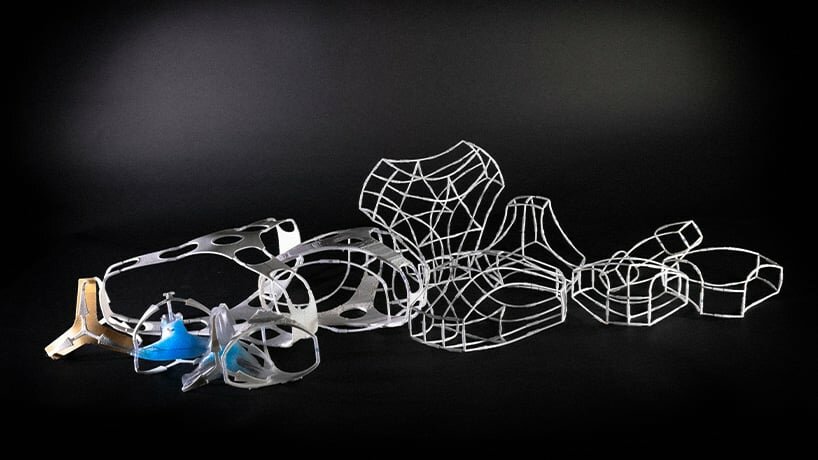
project info:
name: AutoFlux – AA DRL Thesis Project | @autoflux_aadrl
architects: Anna Kondrashova, Ata Yuksel, Bing Nawbhanich, Shengying Tao
designboom has received this project from our DIY submissions feature, where we welcome our readers to submit their own work for publication. see more project submissions from our readers here.
edited by: christina vergopoulou | designboom


